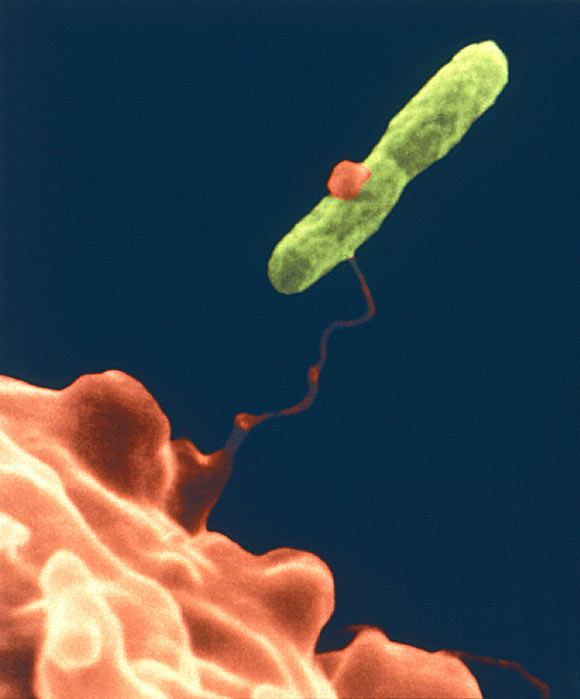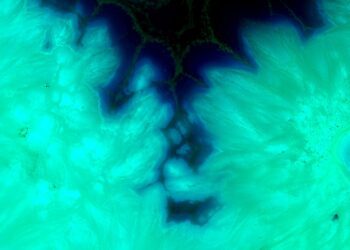Legionella is an atypical cause of community-acquired pneumonia that often presents with a prodrome of fever, malaise, fatigue, and occasionally diarrhea before respiratory symptoms.
Legionella are aerobic gram-negative bacilli that live in association with amoeba in natural water sources, such as lakes and rivers, and proliferate in the stagnant, warm water found in plumbing systems, air conditioners, and public spas.
Legionellosis is an umbrella term that encompasses both Pontiac fever and legionnaires’ disease: the former is the milder of the two illnesses, with a self-limited trajectory within 2-5 days of symptom onset; conversely, the latter manifests as bacterial pneumonia.
Legionnaires’ disease is an atypical cause of community-acquired pneumonia and accounts for around 4% of all new diagnoses of pneumonia.
In Canada, fewer than 100 cases of legionnaires’ disease are reported each year, but owing to diagnostic challenges, cases are likely under-reported.
It occurs more frequently during periods of warm weather (late summer to early fall in North America).
Risk factors include age older than 40 years, smoking, alcohol consumption, chronic lung disease, chronic kidney disease, diabetes, immunocompromise, and recent travel.
“Legionella infection represents a public health hazard owing to its ability to spread through exposure to natural water bodies and human-made water reservoirs,” said Dr. Ashley Bryson, an internal medicine resident at the University of Manitoba.
In their new paper, Dr. Bryson and colleagues described their 77-year-old patient who had traveled to Iowa 2 weeks prior, where he stayed in a single-family city home and swam in a local lake.
Over 4 days of increasing weakness combined with fever, cough, and recurring sudden falls in his home, he visited the emergency department.
Given his travel activity, clinicians suspected legionnaires’ disease after initial standard antibiotic therapy failed to treat his pneumonia.
“After…
Read the full article here





